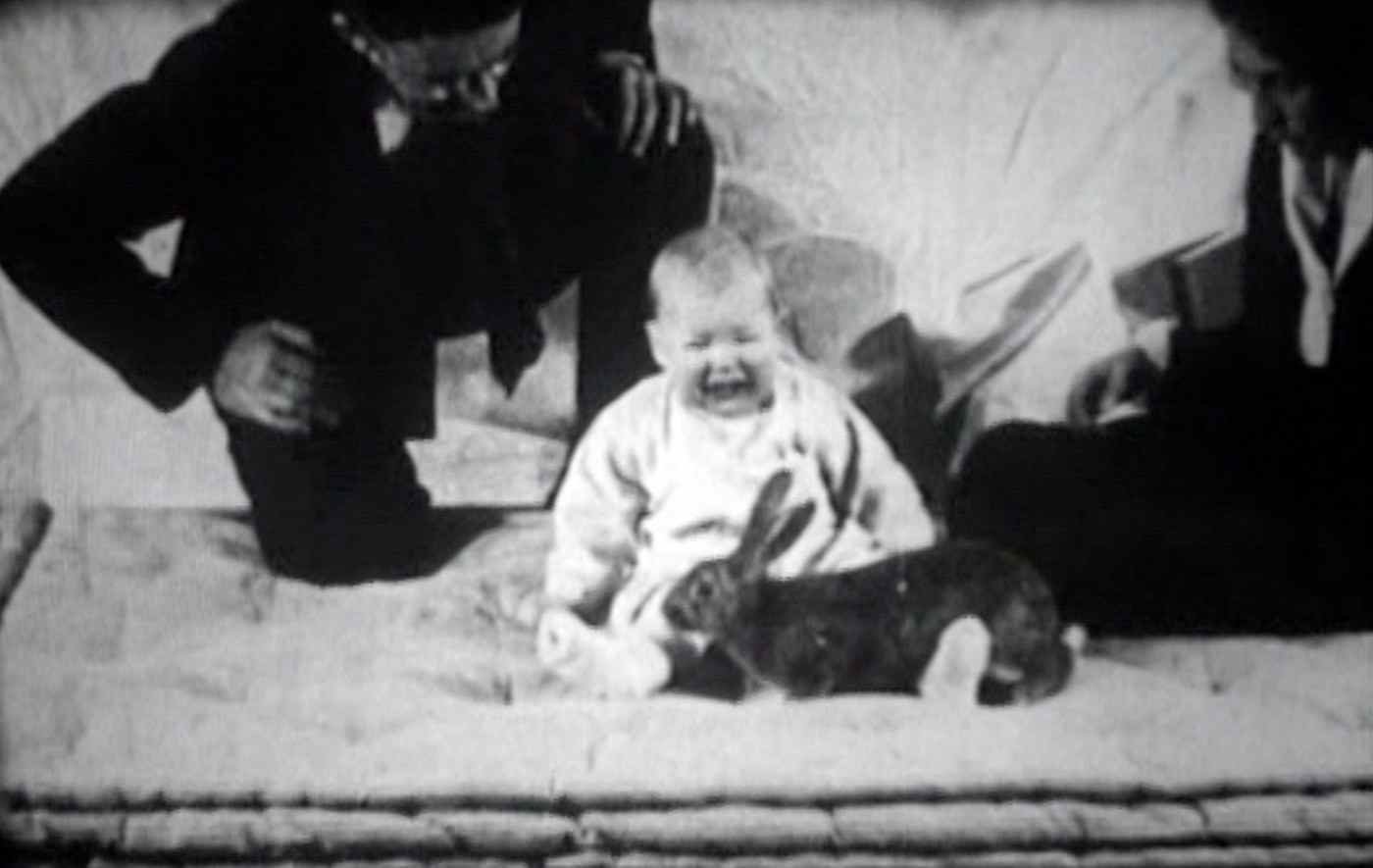The Little Albert Experiment is considered one of the worst experiments ever done because the experiment was done on a baby named Albert. If you are wondering how old was little Albert then the answer is 9 months. The experiment was named the name of the baby.
The story starts in the 1890s when physiologist “Ivan Pavlov” was studying the conditioned behavior of dogs. He was learning how the saliva is generated in the mouth of a dog. He observed that the saliva is generated before eating the meal. The saliva is generated during hearing the footsteps of the owner who realizes the dog is going to have a meal.
Now, the experiment conductor started giving him food after clicking a metronome. Now, the metronome sound became a condition for the meal to be delivered.
The dog associated the meal with the metronome rather than the footstep of its owner with the passage of time.
Watson’s Little Albert Experiment:
10 years after the experiment of Ivan Pavlov, John B. Watson was born. He was convinced to practice the religion a lot by his mother. The name “John” was given to him by his mother because John was a very famous pastor.
When his family moved from village to city, John became excited to study human behavior because he met new kinds of people in the city, which derived an interest in psychology.
This is considered a turning point in his life and the great reason behind the Little Albert experiment.
How did the Idea of the Experiment Come into Existence?
By getting inspiration from the Ivan Pavlov experiment, John the idea of generating a condition for fear and phobia. He took a 9-month-old child, named Albert, for his experiment.
Main Objectives:
These three objectives were the main objectives of the experiment. He wants to get the answer to these three questions:
- Could an Infant be conditioned to fear an animal that appears simultaneously with a loud sound?
- Can such type of fear transfer to other inanimate objects or animals (Generalization)?
- How long such fear will take to persist?
The experiment was conducted in such a way as to get the answer to these questions. The experiment was conducted by John B. Watson and his student Rayner.
Procedure:
Watson exposed Albert to a white rat, a monkey, a burning fire on papers, cotton, a dog, and a rabbit. This experiment was conducted in a dark room to see better results. The baby was looking comfortable with those living and non-living objects.
Later, he exposed Albert to all these things in a white room but now, the situation was a little bit different. There was a bell-type object located near Albert. When Albert plays with the white rat or feels comfortable touching the rat, Watson produces a loud noise to make Albert afraid. The little baby started crying. Later, when he was exposed again to the rat, he started crying without loud noise.
This act clears the first objective of Watson which was for an Infant to be conditioned to fear an animal that appears simultaneously with a loud sound. This was the first objective of the Little Albert Experiment.
The second objective was Can such type of fear transfer to other inanimate objects or animals which also proved correct. This happened in such a way that when little Albert saw another inanimate object or animal with a white color (like a white rat), he started crying.
Later, he again exposed the baby to these objects but now also to a Santa Clause mask. He again showed fear in all these things but the baby touched a rabbit and a black coat which shows that the fear persists and is also demolished at the same time.
Now, the little Albert experiment was completed, and no one knows who was the child and where he has gone after the experiment even 102 years later.
The Little Albert experiment conclusions:
Here are the little Albert experiment conclusions:
- An Infant can be conditioned to fear an animal that appears simultaneously with a loud sound.
- Such type of fear can transfer to other inanimate objects or animals.
- The fear can persist and be demolished at the same time.
See, the Bobo doll experiment.
The Little Albert Experiment Full Video:
Here is the full and original video of Watson’s Little Albert experiment:














